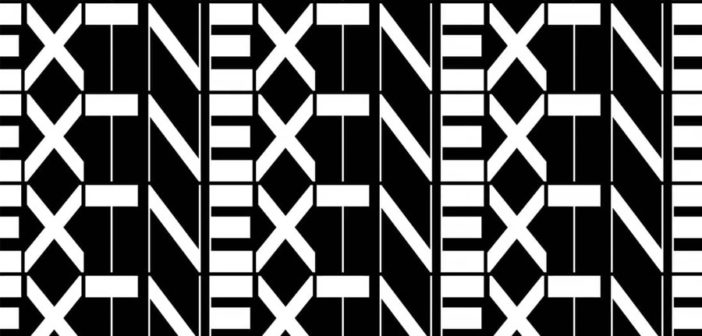Hey Helvetica, why don’t you slap on this stereoscopic headset?
That’s a nice typeface. Does it come in three dimensions?
As fonts make their way into augmented and virtual worlds, designers are posed with creating type that doesn’t just live in the X and Y world, but in Z-space, too. At least that’s the thesis behind the new brand by the design studio Pràctica cocreated with David Galar for the AR/VR company Gravient, which builds immersive software for companies like Volkswagen.
“Before brands behaved statically, then with the arrival of the digital age, they adapted into motion,” says Pràctica cofounder Guillem Casasús. “Now with the arrival of interactivity, [dimensionality]is the natural next step to be taken, and it is going to change the way we think [about]communication design.”
Gravient’s new brand, spotted by It’s Nice That, is built upon an undisclosed stock typeface. But thanks to a bit of code on an interactive site, you can watch it twist and turn, extruding itself almost infinitely to be anything from paper-thin to tunnel-deep. It’s a website demonstration of how the type could work in VR–not simply distinguishing itself on the X-Y planes of the print world, but the Z-plane of the interactive one. Just don’t make the mistake we did and call it “3D.”
“Rather than ‘in 3D,’ we say ‘in 360º,” says Casasús. “The nature of AR/VR resides in its interactivity with space, and this is a key feature that design must explore since there are many new opportunities to rethink.” These 360º turns and extrusions are still visible when rendered in 2D, giving the letter forms a certain strangeness that’s tough to discern until you spot the dimensionality.
Of course, any company could use a similar trick to make a depth-ready wordmark. A distinguished brand identity today could quickly be commoditized tomorrow. Google’s own work branding its VR Daydream headset is almost impossible to copy–it represents a long exploration into making a unique shape that was legible in 2D and 3D at the same time, which led Google to 3D-print its logo just to see how it would disperse light when rendered flat.
Still, Pràctica’s work points toward the future of identity design for mediums that span dimensions–and shows how a brand can future-proof itself for an era that might be just around the corner. Because while flat design may still be enjoying its moment in the sun, a coming wave of VR/AR headsets may make it look old-fashioned.
This article first appeared in www.fastcodesign.com
Seeking to build and grow your brand using the force of consumer insight, strategic foresight, creative disruption and technology prowess? Talk to us at +9714 3867728 or mail: info@groupisd.com or visit www.groupisd.com


